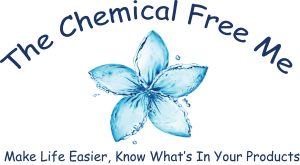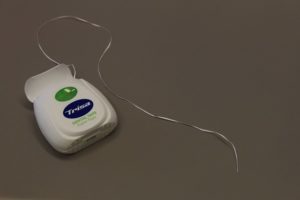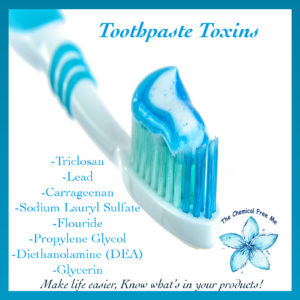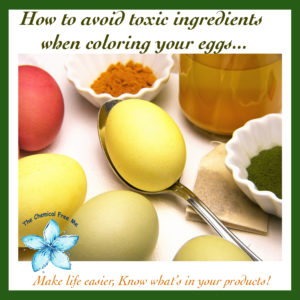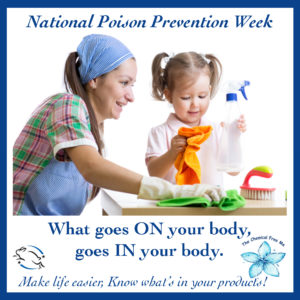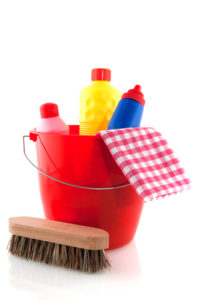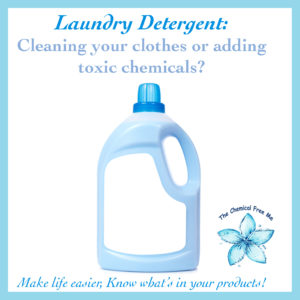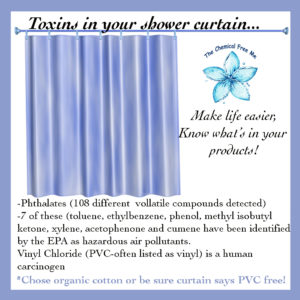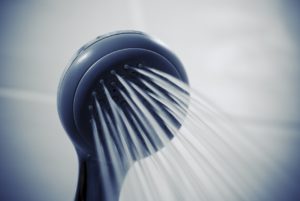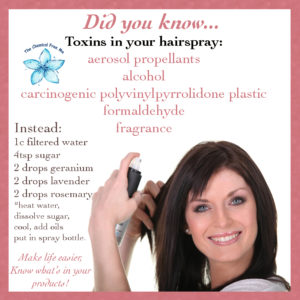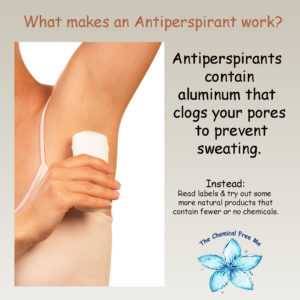When my boys were little (many years ago) Febreze came on the scene. We had a neurotic anxious dog that had frequent accidents when he got scared of things as simple as the kids noisy toys. A product that eliminated odors? Yes please!
Only had I known then what I know now? NO THANK YOU! 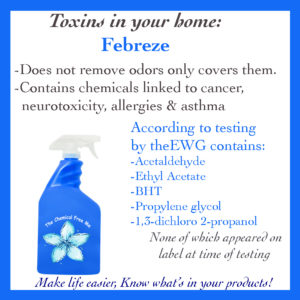
If you own a bottle of this “odor eliminating magic,” I suggest you keep reading. Some white vinegar or some diffused essential oils and you can eliminate the odors without any cancer causing ingredients.
According to EWG the Febreze products score a D or an F. (http://www.ewg.org/guides/brand/6531) This includes asthma and respiratory concerns, skin allergies and irritation, development and reproductive toxicity as well as concerns to the environment. When put to an air pollution test it released 87 toxic ingredients!
Getting down to the products goal: to eliminate odors. These ingredients are not in fact eliminating odors. Like other air fresheners they are covering odors up with a variety of toxic fragrances and ingredients. The odor is still there; it is just masked by ingredients. About those ingredients…only several are actually disclosed on the label (Is that not enough to make you run?) EWG found 87 others.
How bad are those ingredients? Let’s take a look:
-BHT – A known neurotoxin, endocrine disruptor, immunotoxicity, non-reproductive organ system toxicity, as well as a skin, eye, and lung irritant.
-Acetaldehyde – Known as a carcinogen, toxic to reproductive health, immunotoxin, non-reproductive organ system toxin, skin, eye and lung irritator
-“Fragrance” – One of the three ingredients that is actually disclosed, it’s a neurotoxin, immunotoxin and allergen. Fragrances can be comprised of any number of over 3,000 ingredients. Some have never been tested for safety.
-Propylene Glycol – May cause cancer, allergies, toxic to immune system, builds up in the system, non-reproductive organ system toxin, is classified with “enhanced skin absorption” and I can irritate the skin, eye and lungs.
-1,3-Dichloro-2-propanol – Carcinogenic (causes cancer)
-Limonene – An Allergen, immunotoxin and skin, eyes and lung irritator
-Methyl pyrrolidone – Toxic to the reproductive system and development, allergen and immunotoxin, non-reproductive organ system toxin and skin, eyes and lung irritator
-Alcohol denatured – Also one of few ingredients disclosed in the in Febreze: linked to cancer, developmental/reproductive toxicity, organ system toxicity and skin, eyes and lung irritatant.
-Butylphenyl methylpropion al – allergen, immunotoxin and skin, eyes and lung irritator
-Ethyl acetate – linked to developmental/reproductive toxicity, neurotoxicity, organic system toxicity and skin, eyes and lung irritator
-Geraniol – Linked to allergies, immunotoxicity, organ system toxicity and skin, eyes and lung irritation
-Linalool – allergen, immunotoxin, and skin, eyes and lung irritator
-Benzaldehyde – neurotoxin, and skin, eyes and lung irritator
-Diethylene glycol monoethyl ether – non-reproductive organ system toxicity
-Ethylhezanol – developmental and reproductive toxin and skin, eyes and lung irritatant
-Hexyl cinnamal – allergen, immunotoxin and skin, eyes and lung irritator
What is the solution?
Throw it away. You aren’t eliminating odors you are adding toxins to your lungs that have dire consequences. Want a safer way to freshen your air? Try an essential oil diffuser or a non-toxic spray air freshener with the bonus of aromatherapy.
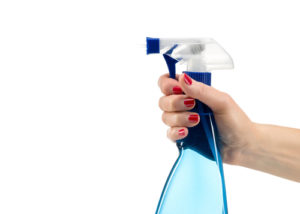
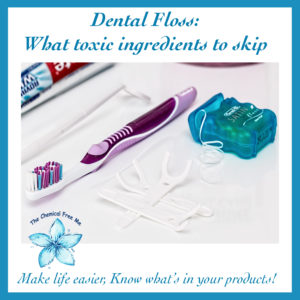 extend your life by improving gum health, warding off gum disease, heart disease and dementia. Are there drawbacks to what type of floss you are choosing? Unfortunately, yes, but there is always a natural solution.
extend your life by improving gum health, warding off gum disease, heart disease and dementia. Are there drawbacks to what type of floss you are choosing? Unfortunately, yes, but there is always a natural solution.